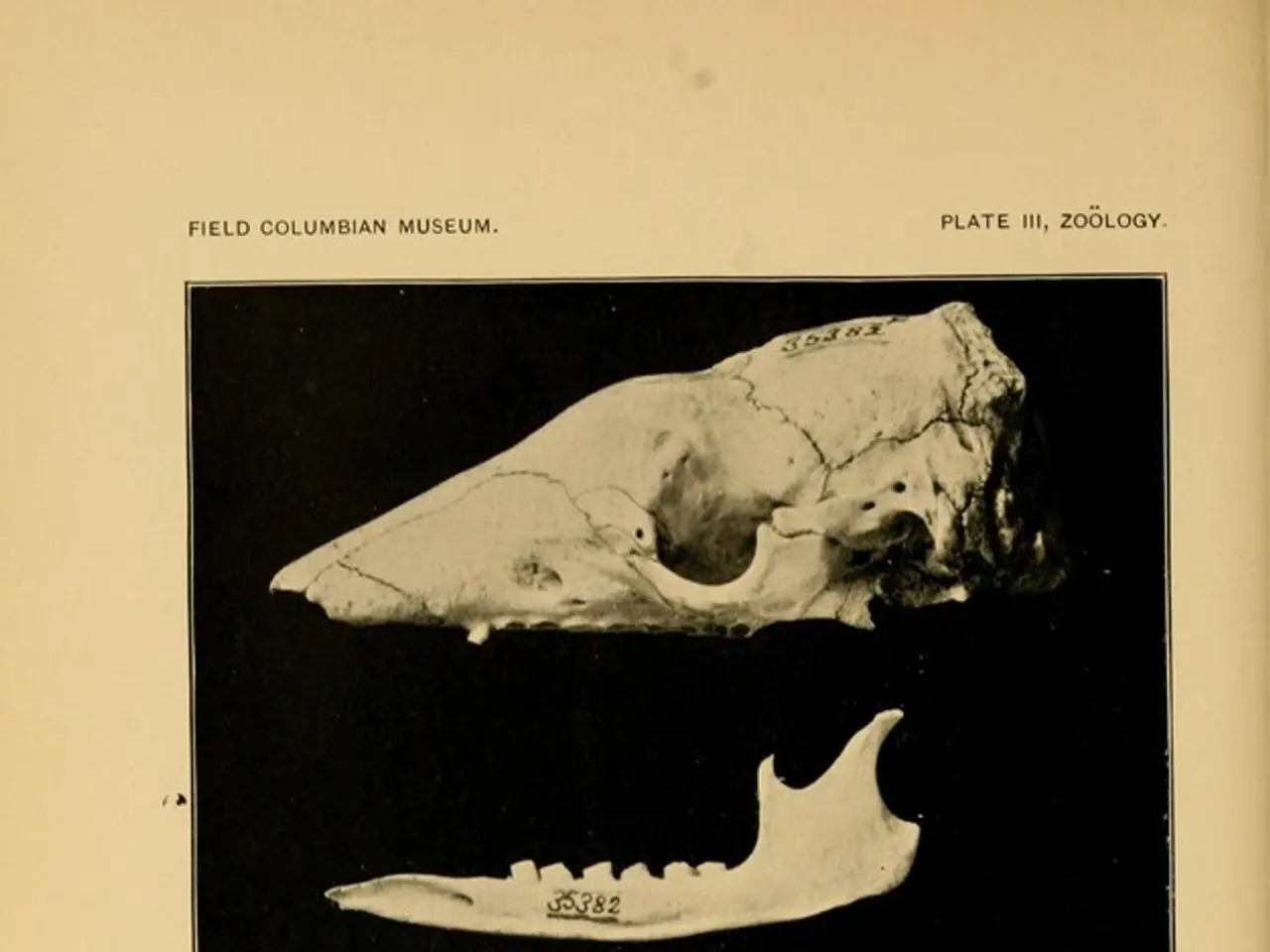Osteoarthritis in the hip: Exploring the structure, reasons, and identification methods
Understanding Hip Osteoarthritis: Symptoms, Treatment, and Prevention
Osteoarthritis (OA) is a common joint condition that affects millions of people worldwide, and the hip is one of the most frequently affected areas. This article aims to provide a comprehensive overview of hip osteoarthritis, focusing on its symptoms, treatment options, and risk factors.
Common Symptoms of Hip Osteoarthritis
The primary symptom of hip OA is pain, which is typically felt in the groin but can radiate to the buttock, thigh, and sometimes the knee. Stiffness, especially in the morning or after periods of inactivity, is also common, lasting less than 30 minutes. Other symptoms include reduced range of motion, a sensation of joint instability, occasional joint locking, and a grating or crackling noise (crepitus) when moving the joint. Limping or altered gait due to pain and stiffness may also occur.
Treatment Options for Hip Osteoarthritis
Treatment options for hip OA range from conservative to surgical. In mild cases, conservative management is often recommended, including weight loss, physiotherapy, low-impact exercise (such as water-based or static cycling), lifestyle and activity modification, and pain relief with analgesics. Physiotherapist-led education and structured exercise programs have been shown to improve function and reduce disability.
When osteoarthritis is severe and significantly impacts quality of life, total hip replacement surgery is often highly effective.
Risk Factors for Hip Osteoarthritis
Risk factors for developing hip OA include older age (usually over 55), overweight status, previous hip injuries (such as labral tears), and hip abnormalities like femoroacetabular impingement or dysplasia.
Prevention and Management
While it may not be possible to fully prevent OA of the hip, people may be able to slow its progression by maintaining a moderate weight, managing blood sugar levels, getting regular physical activity, avoiding smoking, and managing stress in healthy, sustainable ways.
In conclusion, the goal of treatment for hip OA is to reduce pain, maintain or improve joint mobility, and preserve function as much as possible through a combination of non-surgical and, if needed, surgical approaches. By understanding the symptoms, treatment options, and risk factors, individuals can take proactive steps towards managing this condition and maintaining their quality of life.
- Hip osteoarthritis (OA) is a prevalent musculoskeletal medical condition that primarily presents with pain, affecting many individuals globally.
- The pain associated with hip OA often spreads to the buttock, thigh, and even the knee, creating significant discomfort.
- Stiffness in the hip joint, particularly in the morning or after periods of inactivity, is another common symptom of hip OA, lasting less than 30 minutes.
- In some cases, reduced range of motion, a feeling of joint instability, occasional joint locking, and audible crepitus (a grating or crackling noise) can occur.
- An altered gait or limping may be visible due to the pain and stiffness caused by hip OA.
- Treatment options for hip OA can vary from conservative approaches to surgical interventions, depending on the severity of the condition.
- Weight management is a crucial aspect of conservative treatment for hip OA, as excessive weight can exacerbate the condition.
- Low-impact exercise, such as water-based activities or static cycling, can help manage symptoms and improve overall health and wellness.
- Maintaining regular physical activity is essential for managing chronic diseases like type-2 diabetes, COPD, and certain cardiovascular health issues, which can also contribute to or complicate the symptoms of hip OA.
- In addition to exercise, lifestyle modifications, including managing stress, avoiding smoking, and maintaining good nutrition, can help reduce the risk of developing hip OA and its complications.
- Prevention is key, and maintaining a moderate weight, managing blood sugar levels, getting regular exercise, and managing stress can help slow the progression of OA, particularly in the hip region.
- When hip OA becomes severe and significantly impacts quality of life, therapies and treatments such as total hip replacement surgery may be considered.
- Age, overweight status, previous hip injuries, and hip abnormalities are potential risk factors for developing hip OA.
- Autoimmune disorders, chronic kidney disease, skin conditions, and mental health issues can also put individuals at an increased risk for various health complications, including hip OA.
- Medicare may cover treatments for hip OA, including therapies, medical interventions, and surgeries, as well as prescription medications like CBD oil, which is sometimes used to manage pain associated with conditions such as rheumatoid arthritis or osteoarthritis.




